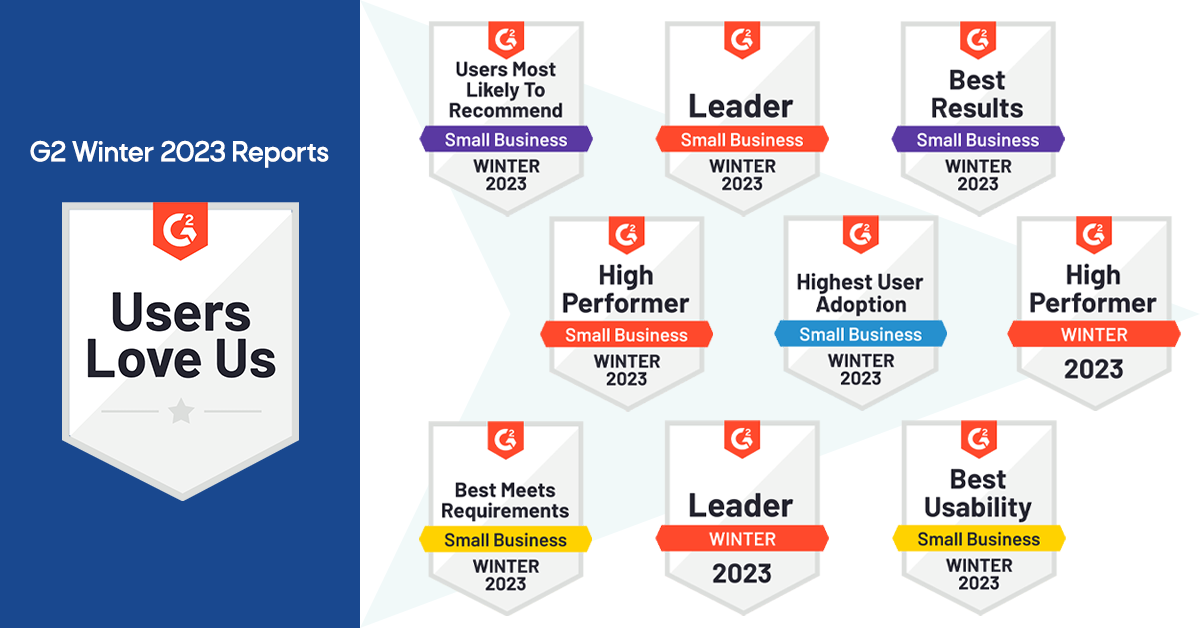I’ve been watching the rise of publicly-accessible AI tech for a few years now. I’ve experimented with each new toy as it comes along… Replika, Dall-E, Stable Diffusion… and now ChatGPT. I continue to be amazed at just how ‘human-like’, practical, and comprehensive the results can be. The speed at which these technologies are advancing is whiplash-inducing. In fact, I’ve had to revise this very blog post several times while writing it because of changing details and new enhancements. In the words of ‘fellow scholar’ Dr. Károly Zsolnai-Fehér, “What a time to be alive!”
What is a GPT?

Generative pre-trained transformers, or “GPTs”, are neural network models that have been trained on vast amounts of data. Over time, a model is constructed that can relate concepts and properties of those concepts to each other. Eventually, the tool can make original inferences based on the knowledge in its model. Neural networks are made to ‘learn’ in the same way that humans do, gleaning new connections from observations and experience.
It’s important to understand that the model doesn’t contain or copy any of the original information that it was trained on – its output isn’t a collage or a rearrangement of the source material. Instead, it stores the complex matrix it has built to explain how the different words, phrases, and combinations of words and phrases in the training data related to each other. In the same way that a human doesn’t need to memorize every individual car they have seen in order to describe a hypothetical new car in great detail, a GPT model doesn’t need to store the articles or websites it examines in order to compose new text based on the concepts they contained.
With great power comes great limitations…
Unlike a search engine, which stores and retrieves information, an AI model generates wholly new content from scratch based on a prompt from the user. This offers incredible possibilities, but it also creates some limitations. For example, the AI cannot provide information about anything that wasn’t relevant to the content it was trained on. ChatGPT, for example, was trained on data collected up to 2021, so it can’t write about anything happening in 2023.

The current big-name AI tools are also “generalists,” trained on vast but not highly specific troves of text. As more purpose-built models are trained on curated data sets such as resumes, job descriptions, interview questions, trade-specific documents, etc. they will become far more powerful in their application to niche recruitment tasks.
You’ll also want to be wary of false information – after all, the model cannot generally fact-check the original statements if makes. The AI is designed to give humans the output they asked for, and whether or not the output is factually accurate or logically sound is not isn’t part of its instructions (for now, at least).
As with any algorithm, the ‘garbage in, garbage out’ adage holds true. Low-quality prompts will yield low-quality results from the AI. Learning to craft a good prompt can take time and practice. It will also vary depending on the chat tool you’re using and may even change over a brief period. One thing I’ve learned in working on this post is that, as the technology rapidly evolves, what worked last week may not work this week.
Fortunately, dedicated professionals like Irina Shamaeva, Jacco Valkenburg, Jim Stroud, and others in the space are continually pushing on the tech and suggesting new methods and use cases.
ChatGPT: Not the only player in the game
The name making the most headlines in AI right now is ChatGPT, a project of OpenAI, which recently extended its partnership with Microsoft. (Given Microsoft’s ownership of LinkedIn, the effect of Microsoft leveraging ChatGPT in the recruiting and business networking sectors could be huge.) Other new players, like Perplexity (which combines AI chat with search engine citations) and Chatsonic have entered the field, while pre-existing services like our partners at Paiger are beginning to offer GPT-based tools as part of their feature set.
ChatGPT is still learning, both in terms of its AI model and in terms of its business model. Unlike some other AI tools, such as Google’s LaMDA and DeepMind’s forthcoming Sparrow, ChatGPT has been made free during its beta testing phase. It still goes offline often enough to be considered somewhat unreliable for day-to-day reliance, but when it is up and running it can be a powerful time saver for sourcing, recruiting, and hiring professionals. Let’s see how.
Streamlining Recruitment Tasks with AI
1. Drafting Emails
One of the things chat AI systems excel at is quickly writing original content. You can save loads of time drafting email follow-ups, cover letters, and other business correspondence by asking the AI to start it for you.

For example, you might give a prompt such as “compose an email that would be perfect for a wind farm mechanic, asking them about their interest in work opportunities in Texas, using a polite tone.” With a brief overview of the job and key points like the position name, requirements, and one or two interesting facts about the company, AI can draft a very professional sounding email in seconds.
You can also use it in a similar way for marketing a candidate. You might copy/paste the professional experience section of a resume into the chat and ask the AI to compose an email describing why, based on this experience, the candidate would be suitable for the role.
As always, it’s important to think of the AI as a well-informed but very inexperienced young assistant. It can be prone to uninspired and rote sounding content creation. Treat these emails as drafts for you, the experienced human recruitment professional, to refine and build upon.
2. Suggesting Searches
With its vast understanding of word and concept relationships, ChatGPT may be able to come up with strings for candidate sourcing that you hadn’t considered. You might try asking the bot to “Create a boolean search string that finds LinkedIn profiles of US-based wind farm engineers. The search should focus on senior level hiring prospects. The search should include various ways these engineers might describe their work or title, and include Spanish alternatives.”
In my experiments with ChatGPT, the output of this prompt was:
(“wind farm engineer” OR “wind turbine engineer” OR “wind energy engineer” OR “ingeniero de parques eólicos” OR “ingeniero de turbinas eólicas” OR “ingeniero de energía eólica”) AND (“senior” OR “lead” OR “principal” OR “nivel senior” OR “líder” OR “principal”) AND (“United States” OR “USA” OR “US” OR “Estados Unidos”) AND (title:(senior OR lead OR principal OR nivel senior OR líder OR principal) AND location:(United States OR USA OR US OR Estados Unidos))
Again, it’s important to double-check the bot’s work. Do you know if the Spanish phrases it selected are appropriate to the type of candidate you’re after? Did it put the parentheses and colons in the right places? If not, you could end up sourcing the wrong people.
3. Composing Interview Questions
The chatbot’s wide ranging training data means it can often help craft role-specific questions for candidates. ChatGPT is quite adept at answering a prompt like this:
“give me a list of interview questions for a wind farm engineer with three years of experience who is being considered for a management position”

The resulting answers are liable to be somewhat generic… “How do you ensure safety and compliance in your work?” If you just need the basics, this can save you a lot of time.
To go a bit deeper, you may want to try providing the AI with the details from the specific job description, then prompt with something like:
“given this list of responsibilities for a wind turbine engineer job, please craft five job-specific interview questions to help assess a candidate’s fit for the role”.
Following on that, you might then ask it to provide general ideas of what a good answer to each question may look like.
4. Drafting a Candidate Summaries
While PCRecruiter’s Candidate Presentations feature makes it easy to send resumes and information to clients and to receive and store their feedback, you might try using an AI chatbot to shortcut the composition of a candidate summary. Asking the AI to condense the resume into an introductory brief, saves both your time and your client’s.
Generating a usable summary is as simple as pasting the candidate’s resume text into the chat, along with a prompt like:
“summarize the following resume in two paragraphs, using a professional tone, and suggesting why this may be a good job candidate for an engineering management role.”
5. Simplifying and Rewriting Job Descriptions
In addition to writing completely original content, AI can be useful in rewriting content that already exists. This can be valuable for internal and external uses.
If you’re a recruiter just starting out, or one moving into a new and unfamiliar market, you may try pasting the client’s complex technical description into ChatGPT and prompting it with “rewrite this job description to make it suitable for a high school level reader.” Having the description without the technical jargon may make it easier to discuss with colleagues.

You may also find it helpful to give the AI your client’s job description and then ask it to create multiple variations of it for job advertisements and recruitment emails. You can then choose the most suitable version or put multiple versions into use and test which is the most effective.
For confidential searches, using the description provided by the client can not only reveal their identity, but can also pose issues for search engines detecting it as duplicate content. Rather than spending valuable time custom-writing your own descriptions, paste the client’s version into the AI and prompt it to “write a new version of the following job description that does not reveal the name or location of the employer, adding in alternate phrases where possible.”
Concluding in ChatGPT’s own words…
Rather than writing my own concluding statement here, I thought it would be more appropriate to ask ChatGPT to write one for me.
PROMPT: Compose a first-person conclusion for a blog post entitled “5 ways ChatGPT can enhance your recruiting workflow”, using a conversational but professional tone. Describe in a sentence or two why using ChatGPT and similar tools is a smart idea for recruiters, and express excitement at the future of artificial intelligence in the recruitment space.
“In conclusion, using ChatGPT to enhance your recruiting workflow can bring a multitude of benefits to the recruitment process. From automating repetitive tasks to generating personalized communication, ChatGPT can save recruiters time and help them focus on higher-level tasks like building relationships with candidates and hiring managers.
The future of artificial intelligence in the recruitment space is very exciting and I believe that utilizing ChatGPT is a smart idea for recruiters. It allows them to be more efficient and effective in their recruitment efforts, ultimately leading to better hires and a more successful business. I can’t wait to see what advancements will come in the future and how they will continue to transform the recruiting landscape.”
Not too shabby for a machine…
Andrew Rothman has been with PCRecruiter for 25 years, managing a variety of projects, including web and media design, video production, and vendor partnerships. He has a background in music, multimedia, and theater.
Addendum:
A few added suggestions from recruiter Thomas Alascio — Try using ChatGPT for suggesting Boolean strings, getting a list of a company’s competitors, getting a short and sweet explanation of a job title or industry, and extracting important info from a job description. Thanks Thomas!









Recent Comments